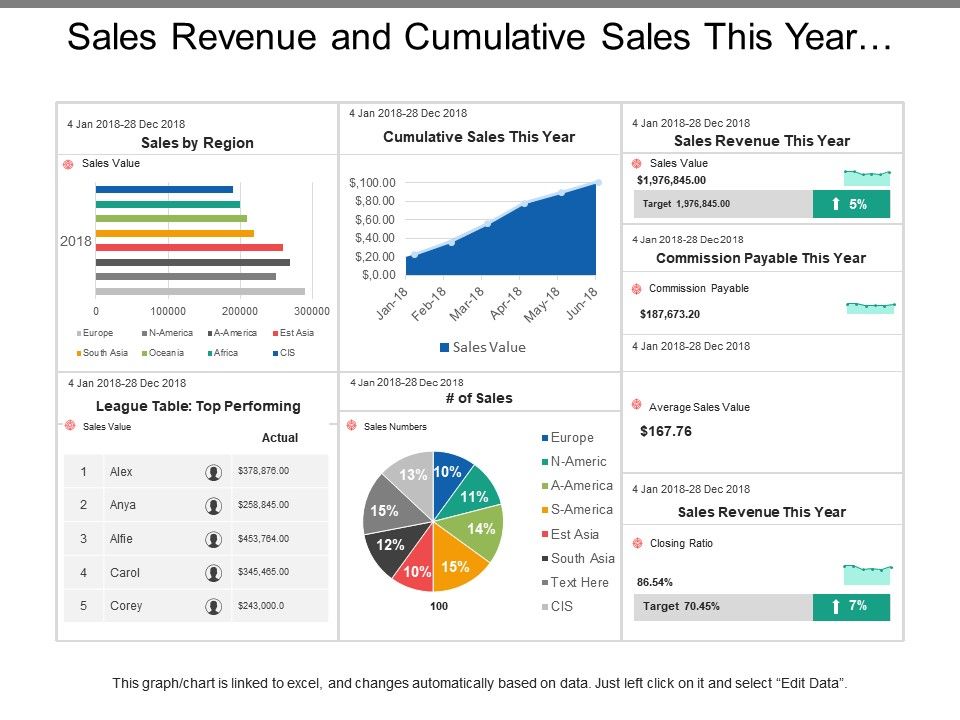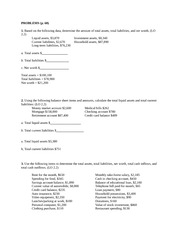Content

For each month, prepare a forecast of the eventual cost-to-complete the activity based on the proportion of work completed. Many software solutions are there which can make this process simple and easy. With accurate time tracking you can show your client exactly how much time and effort their projects take. You can figure out if your employees are spending more time on those work which doesn’t result in a better project outcome.

Even the practice of over-buying to create an “available surplus” of, say 10%, can increase the overall cost by 2–3%. Evaluate types of project costs necessary to draw up a complete cost estimate, and determine the accounting category of each, such as direct, indirect, and capital costs. The cost manager uses a set of tools and methods to plan for, follow, and update the budget throughout the project lifecycle. It’s a constant effort to understand where the project is financially, what is expected, and how to stay on track with those expectations. The primary purpose is to offer a fair estimate of the time necessary to complete the project. The cost management plan configuration for the project is critical throughout the planning phase, acting as a safety net to ensure that all costs are controlled within the budget’s limitations.
Cost Control Engineer
It’s no surprise then that 40% of the survey participants consider “investing in technology to better enable project https://online-accounting.net/ success” as a top priority. Professional Services Take control of billable hours and increase client satisfaction.
- As a project manager, watching your project go over budget can be a major cause of stress.
- Change control systems are vital methods necessary to consider any possible changes during the project journey.
- Moreover, developing a financial strategy and budget based on cost predictions.
- Quality refers to how well a product or service meets customer expectations.
- Because of this, you will focus more on the activities that are actually needed in the project.
- Project Cost Management is one of the ten Knowledge Areas that lay the foundation of project management.
- Thus project managers use a systematic approach to manage the overall cost expenses in a project, which is popularly known as Project Cost Management.
As described in Chapter 5, cost estimates are generally disaggregated into appropriate functional or resource based project categories. For example, labor and material quantities might be included for each of several physical components of a project. For cost accounting purposes, labor and material quantities are aggregated by type no matter for which physical component they are employed.
Establish Performance Measurement
It may seem counterintuitive to focus your attention on productivity when thinking about cost control, but project performance is at the root of cash flow. The next step to project cost control is to monitor project expenditures as they occur. It’s easier to take corrective action if you notice cost variances in real time. If you don’t notice you’ve gone over budget until the project is complete, then you’ve already spent the money. At that point, all you can do is use the information as a lesson for future projects. Budgeting creates a cost baseline against which we can continue to measure and evaluate the project cost performance. If not for the budget, the total estimated cost would remain an abstract figure, and it would be difficult to measure midway.

The factors of cost would be referenced by cost account and by a prose description. It refers to the specific calendar that lists all the working days as well as all the holidays that the project management team and the project manager need to utilize. So that they can be able to determine which specific resource is being used and on which dates they may be inactive.
Project cost management: The basics, steps, and the main goals
Our extensive international experience includes large, complex, grass roots, revamp, and reconstruction projects incorporating conventional-phased, fast-track, and EPC turnkey concepts. Bulk materials are generally purchased by providing bidders with take offs of the expected quantities and types. If the quantities used for selecting the vendor are not representative of the final requirements, even the most rigorous purchasing strategy may result in the wrong vendor being selected. If the types of materials given to the bidders are not inclusive of all requirements, the supplier may provide the additional types of materials at a non-competitive price. Another source of cost overrun in project definition is not having the basic process set . Many Owners ask the Contractor to provide “one each – process “X” plant.” The Process Plant can be supplied in a variety of ways and generally the Owner will have a lot of input. The Contractor who commits to providing “one each – process “X” plant” is at the Owner’s mercy and a very adversarial relationship is sure to ensue.
- Performing these operations reveals that no change in the project duration would occur and the new activity has a total float of 1 day.
- If you haven’t studied EVM calculations as part of this process, I’d recommend doing that now (it’s quite interesting!).
- Depending on the information sought, the input data can be delivered by different key players.
- In short, it is a method of documenting different important aspects of the project cost estimate to eliminate the cost risk of the project.
- Have a basis for all of your costs and then determine the actions you will take in order to stay on track with the costs.
- Joint Ventures, either of Owners or Contractors can lead to cost over runs from a variety of causes.
Cost control may first occur at the project level to reduce individual project costs in hopes that the company can increase overall profits. Cost budgeting can be viewed as part of estimation Project Cost Control or as its own separate process. Budgeting is the process of allocating costs to a certain chunk of the project, such as individual tasks or modules, for a specific time period.
Within the role of Project Controls – Cost Engineer including but not limited to … managing project controls activities on one or more projects including estimating, cost control, quantity control, change … Use project cost estimates and other information to construct a necessary project budget. Good cost management is essential for any organization and/or project, regardless of their size. Whether your team consists of a single cost manager or an entire team, their roles allow your company to control your budgets and to anticipate any deviations that could occur. Regardless of which tools or methods the company chooses, there will always be a focus on keeping costs to a minimum while maximizing output, which the Cost Manager facilitates.
What are the 4 types of cost?
Costs are broadly classified into four types: fixed cost, variable cost, direct cost, and indirect cost.
The first step is to get an estimate of the costs you are likely to incur at the granular level of individual project tasks. Once you know what each task is going to cost you, the next step is to aggregate all of those costs in order to come up with a budget for the project. Have a basis for all of your costs and then determine the actions you will take in order to stay on track with the costs. A project’s cost performance can be assessed by measuring how the actual expenditures compare with the planned expenditures per the project budget. It often serves as the basis for preventive or corrective actions to avoid cost overruns. Project controls software like ARES PRISM offers a project cost performance report out-of-the-box and meets federal government reporting requirements.
We also have easy-to-use timesheets, where team members can submit with one click and project managers can approve with one click. But, our most powerful feature for cost management is our project dashboard, which tracks project costs in real time so you can keep a close eye on your budget. Control cost – To properly control costs, it’s essential that regular budget monitoring be a part of any project management. Monitoring actual costs against your cost estimates helps to ensure that corrective action can be taken before any shortfall occurs. This regular review also allows you to make adjustments in costs for future project phases. The cost is generally estimated during the project planning phase and must be approved by the upper management before its execution begins.
- Delays in Owner decisions or late modifications can also increase costs through reduced productivity and necessary rework.
- Thus, individual job cost accounts generally represent the basic unit for cost control.
- Once that’s done with, it’s important to understand the cost management process.
- Small and medium businesses are often focused on growing through gaining more projects, but not realizing the need to implement control practices like project cost control as they scale.
- Sometimes, an item estimate is provided based on industry heuristics that provide costs based on square footage, feet of pipe, miles of road and number of work months compiled from similar projects.
- Professionals working on the project — i.e. company employees or outsourced contractors and freelancers.
Realistically, a budget accounting item for contingency allowance should be established whenever a contingency amount was included in the final cost estimate. Converting a final cost estimate into a project budget compatible with an organization’s cost accounts is not always a straightforward task.
